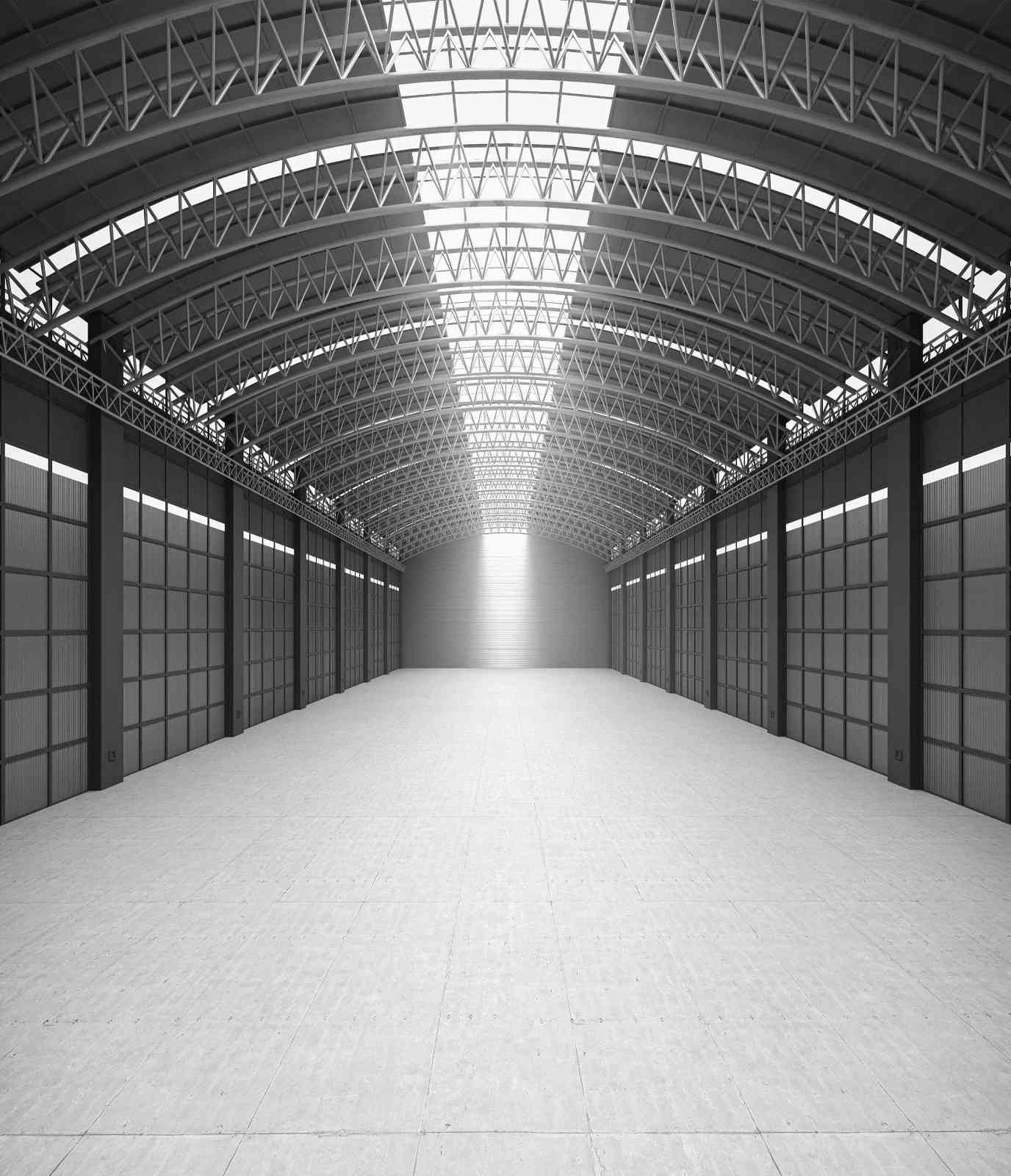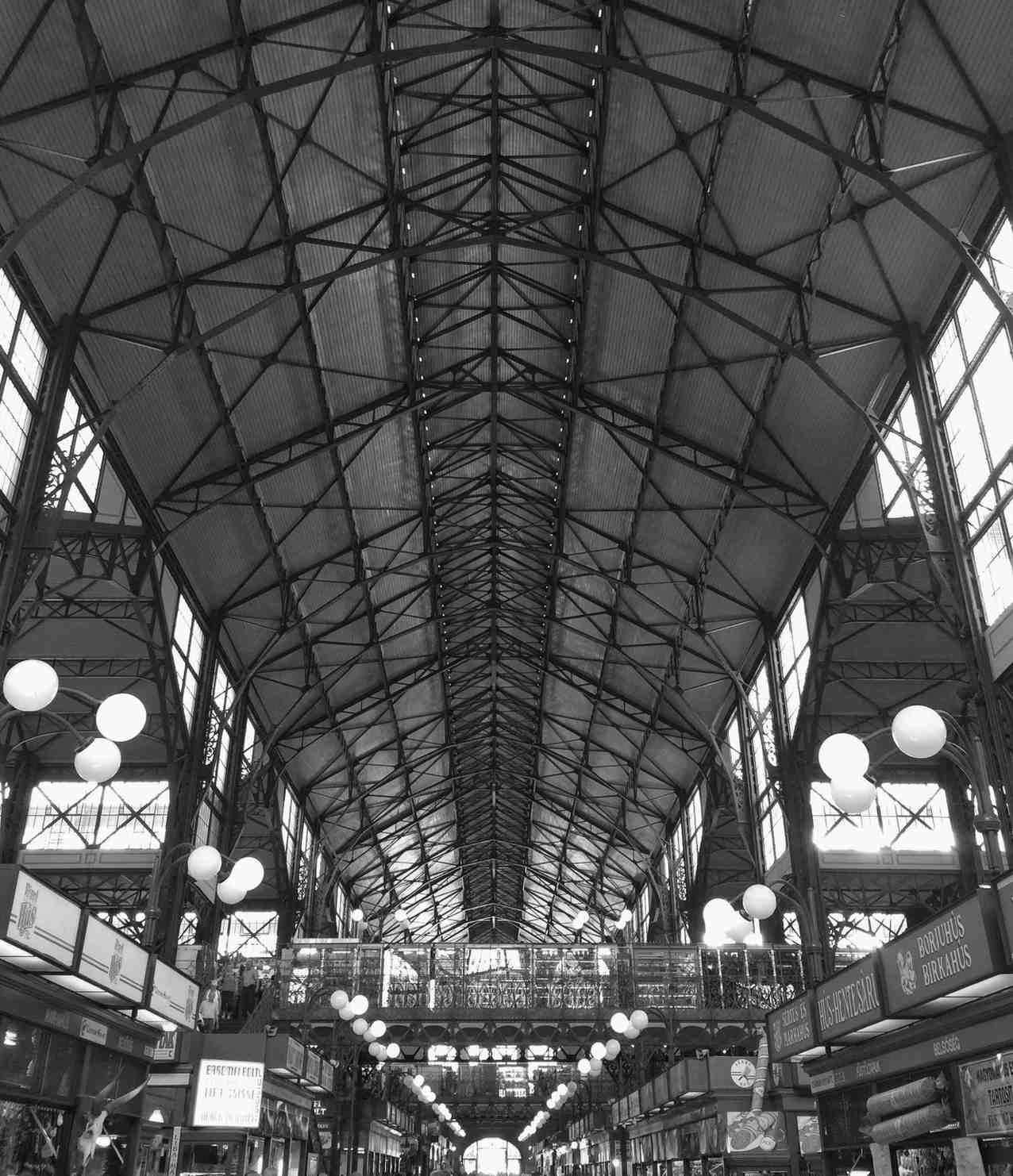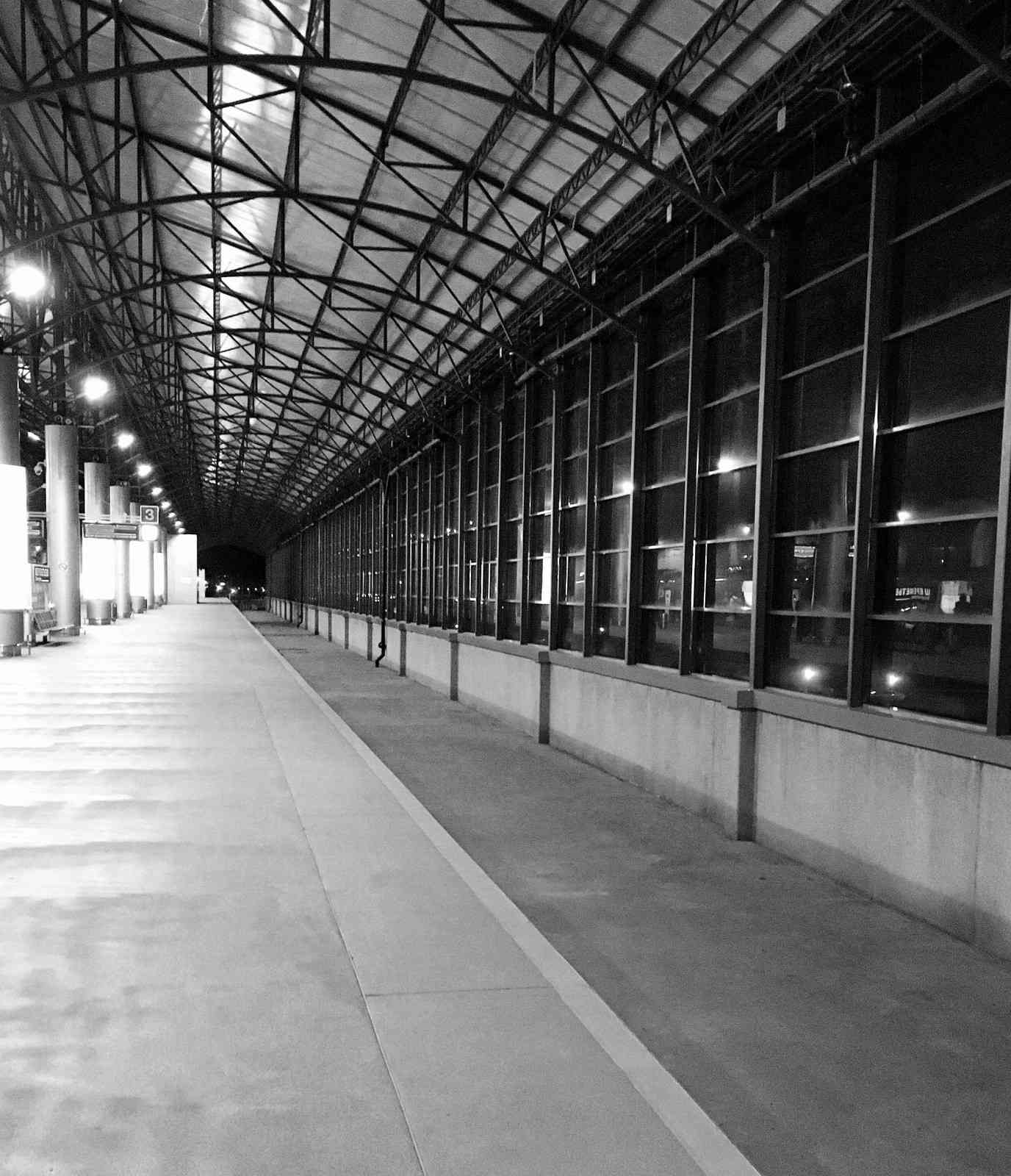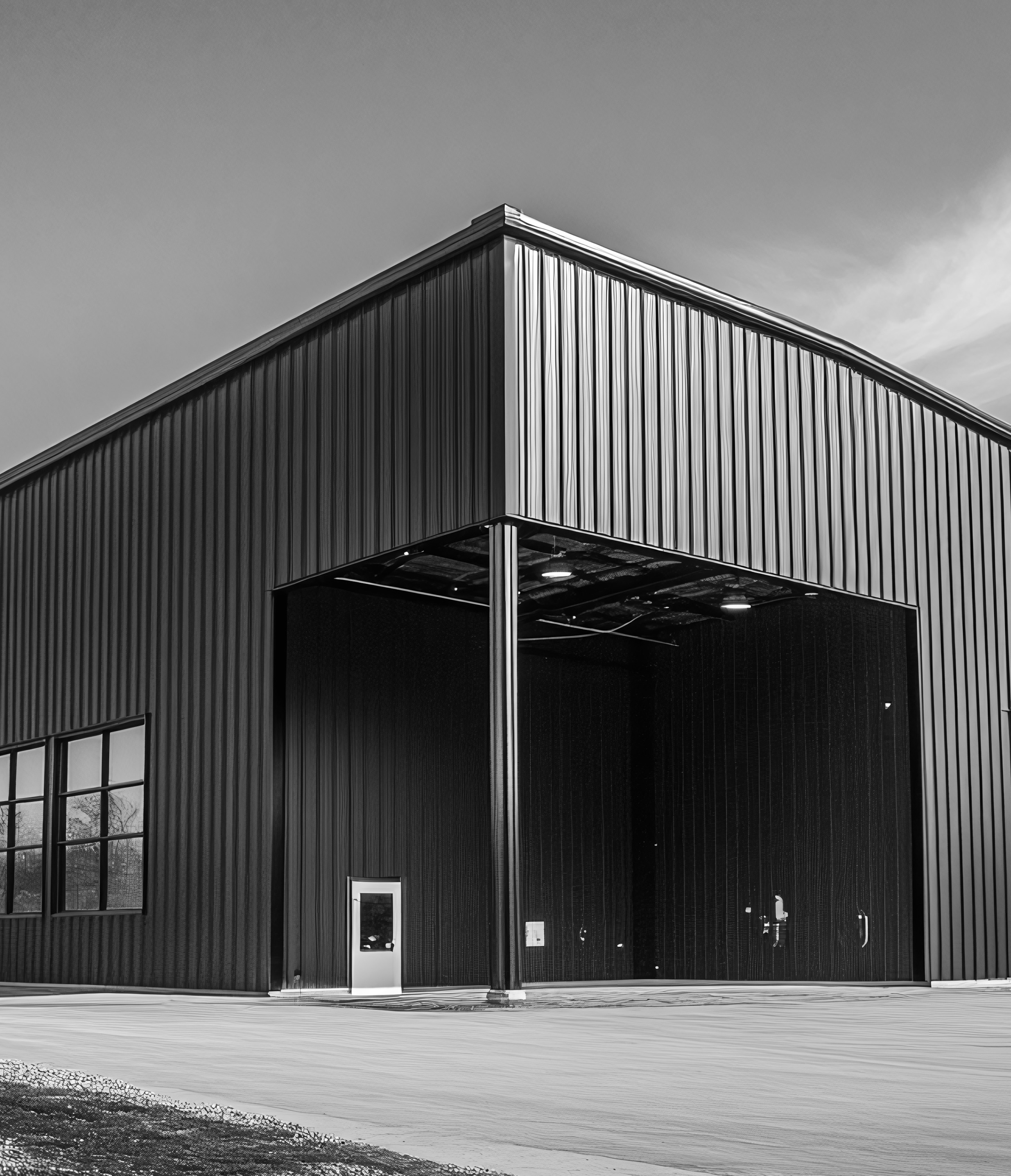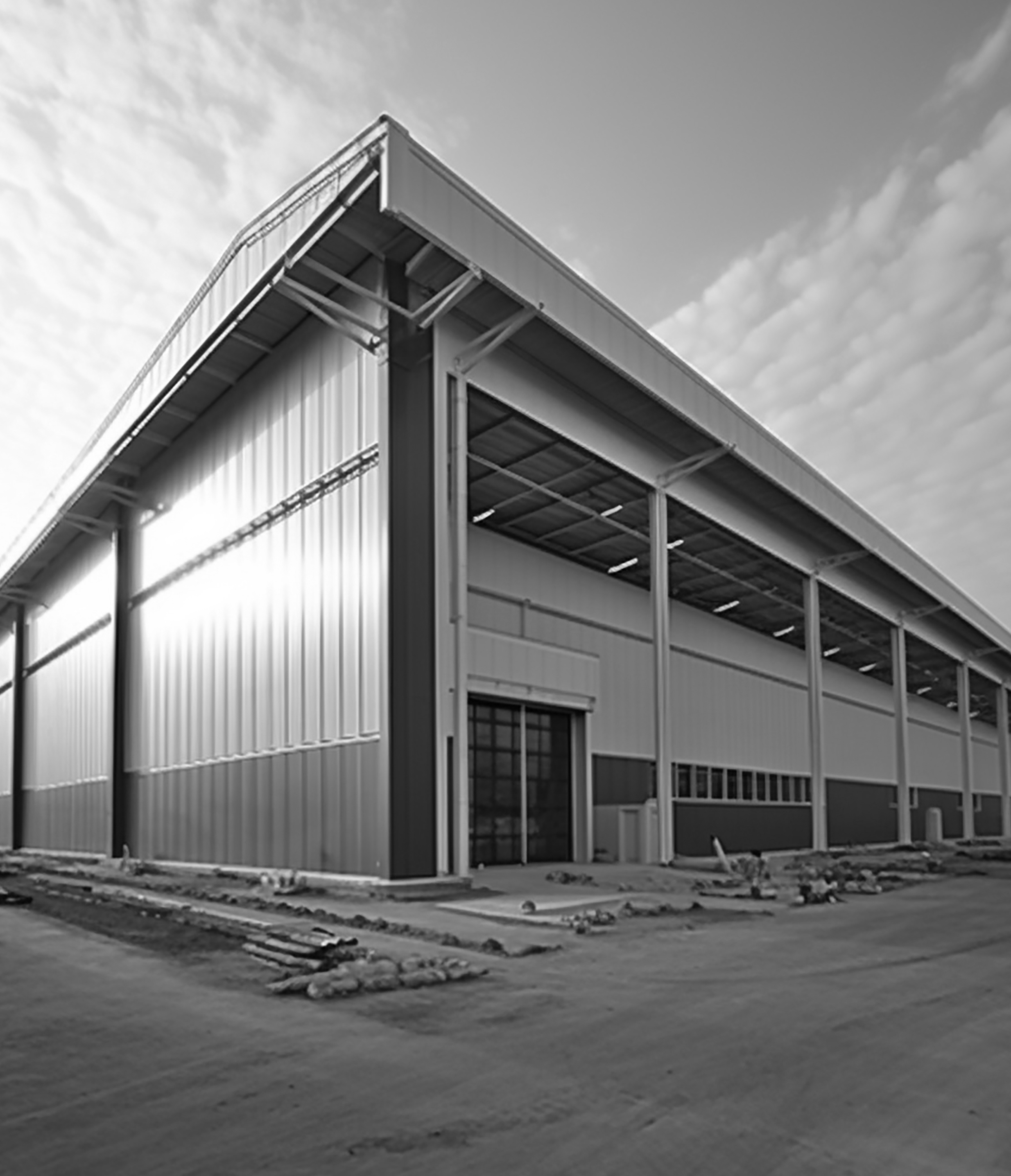Pre-Engineered Buildings (PEB) are factory-built steel structures designed and manufactured for quick on-site assembly. Ratna Steeltech provides high-quality PEB solutions known for strength, cost-efficiency, and faster project completion.
Pre-Engineered Buildings


We Craft with Precision
As a leading pre-engineered building manufacturer in India, Ratna Steeltech specializes in creating high-quality, customized, and cost-effective pre-engineered steel buildings. Our expertise covers a diverse range of industries, allowing us to deliver pre-engineered building (PEB) structures that include warehouses and industrial buildings. At Ratna Steeltech, we offer comprehensive engineering, fabrication, and erection services to ensure superior quality control throughout every stage of the process.
Our product offerings include Grade A built-to-suit warehouses, advanced hi-tech manufacturing facilities, multi-storey buildings, structural steel projects, and sophisticated commercial buildings. We provide end-to-end services from project conceptualization to final on-site installation, guaranteeing a seamless experience backed by our reliable customer service.
Pre-Engineered Buildings
Primary Framing Systems

PEB Manufacturing Process
The manufacturing process for Pre-Engineered Building (PEB) structures starts with receiving orders, tenders, or inquiries. This is followed by thorough coordination and a comprehensive review of the contract. Next, we engage in designing and detailing the steel structure according to the contract specifications. We then prepare a Bill of Materials (BoM) and procure high-quality raw materials, which undergo rigorous inspections based on our approved Quality Assurance Plan (QAP). Once the materials are validated, we cut and drill them according to the provided drawings, followed by the fabrication of the structure; ensuring that inspections occur at every stage. After the various components are fitted together, we conduct Non-Destructive Testing (NDT) to verify structural integrity. The structure then undergoes copper slag blasting and painting, which enhances both its durability and aesthetics. Before dispatching, a final inspection is conducted. Once approved, the structure is sent to the site, where our team manages the erection of the steel framework. Upon project completion, we conduct a thorough handover to the customer.
Components of PEB
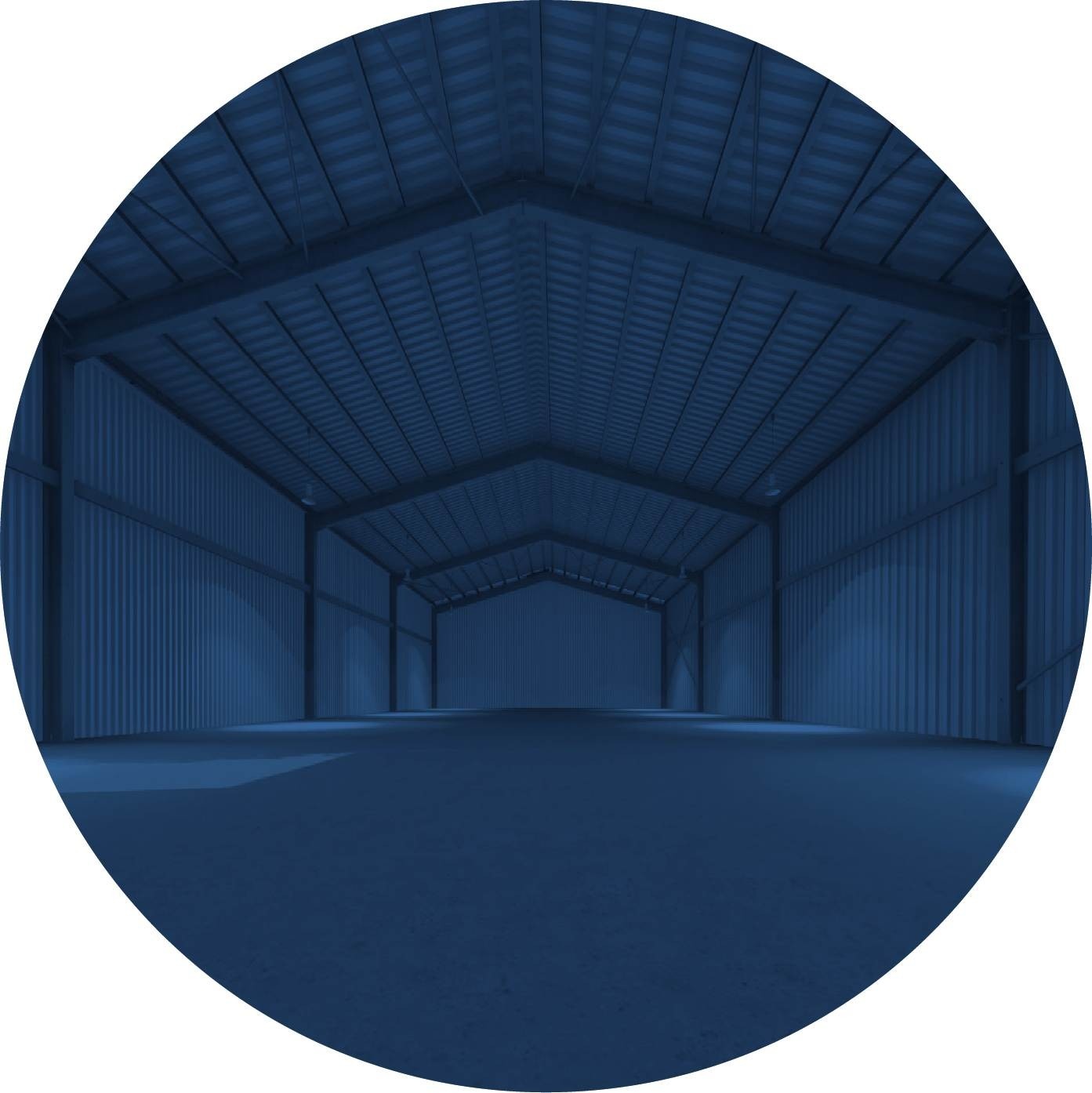
Primary Members/Main Frames
The primary load-carrying and support components of a pre-engineered building are referred to as "Primary Members". These include columns, rafters, and other supporting elements that are part of the main frame. The shape and size of these members vary according to specific applications and requirements. The frame is constructed by bolting the end plates of the connecting sections together.
All steel sections and welded plate members are designed cohesively based on the latest international codes and standards, such as AISC, AISI, MBMA, and IS, to ensure compliance with all client specifications.
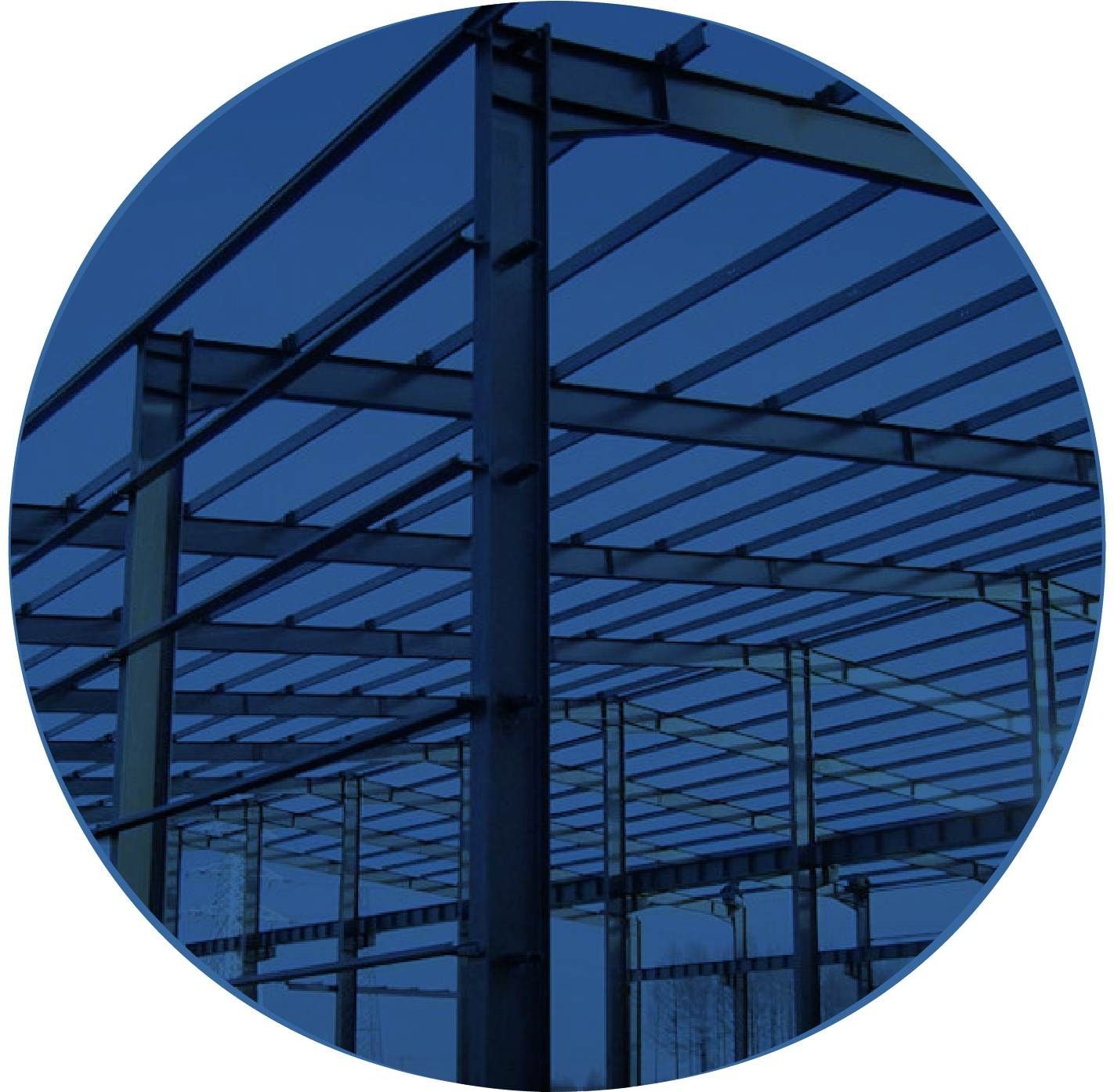
Secondary Members
Secondary structural framing in Pre-Engineered Buildings (PEB) encompasses an array of components, such as purlins, girts, eave struts, wind bracing, flange bracing, base angles, clips, and more. These elements are integral to the structural integrity of our Pre-Engineered Buildings.
As leading manufacturers and suppliers of Pre-Engineered Buildings, we at Ratna Steeltech ensure that our purlins, girts, and eave struts are made from cold-formed steel with a minimum yield strength of 345 MPa (50,000 psi), adhering to ASTM 572 (Grade 50), ASTM A653 (Grade 50) standards, or their equivalents; ensuring quality.

Roof And Wall Panels
The Roof & Wall Sheeting serve as the final touch in the construction of any Shed or Warehouse, installed according to the design and specifications of the customer’s requirements.
In today’s construction landscape, the innovative “S” panel type is gaining popularity because its profile is designed to endure heavy loads, including roof snow loads and uplift loads from high-velocity (cyclonic) winds.
As a leading Pre-Engineered Building manufacturer and supplier, we offer these panels in four standard thicknesses: 0.475 mm, 0.50 mm, 0.55 mm, and 0.76 mm.
PEB Quality Control
WPQ-PQR-WPS Certification
Our pre-engineered building (PEB) structures are certified by WPQ-PQR-WPS, ensuring reliability and excellence. This certification indicates that our PEB structures are built according to top-tier welding procedures, meeting the highest international standards for structural integrity and safety.
Radiography Certification
Our Pre-Engineered Buildings (PEB) are Radiography Certified, which guarantees high-quality construction. This certification indicates that our PEB structures have successfully undergone detailed radiographic inspections to detect any internal defects. The Radiography Certification process utilizes high-energy radiation to capture detailed images of a structure’s internal components, allowing for a non-destructive evaluation of its integrity. This thorough examination ensures that our structures are free from defects and inconsistencies, enabling them to perform exceptionally well under various conditions.
Quality Control
Quality inspection starts with verifying raw materials to ensure they meet specified standards. Throughout the fabrication process, the product is subjected to rigorous checks for weld quality and dimensional accuracy. Surface preparation and coatings are also carefully examined. Additionally, all inspection records are meticulously maintained for future reference.
Quality Planning
We are committed to maintaining compliance with our processes and continuously improving them through strategic initiatives. This dedication includes investing in both our workforce and funding for Product Research and Development. We prioritize implementing best practices and upholding high standards across all our projects.
CAPA
Corrective and Preventive Action: Non-conformities identified during internal quality audits lead to immediate corrective measures, which are implemented through detailed action, document customer complaints, and conduct thorough analyses of them. Our corrective actions are executed with the aim of ensuring continuous improvement.
Applications
- All
- Hangar
- Sheds
- Warehouse
